The Loire Valley between Sully-sur-Loire and Chalonnes
By Taylor
What is the Loire Valley?
The Loire Valley is easily one of the most stunning places I’ve visited; I think I could’ve stayed there forever, exploring the more than 250 kilometers (155 miles) of beautiful scenery and countryside.
Nestled in the middle of the country, the Loire region encompasses a large area of land – between the towns of Sully-sur-Loire and Chalonnes – that is found along the Loire River. Many don’t realize just how rich of a cultural area the Loire Valley is, as it’s very popular for multiple things.
Disclosure: This article contains affiliate links. Making a purchase through an affiliate link will mean a small commission for this website. This will not affect your price.
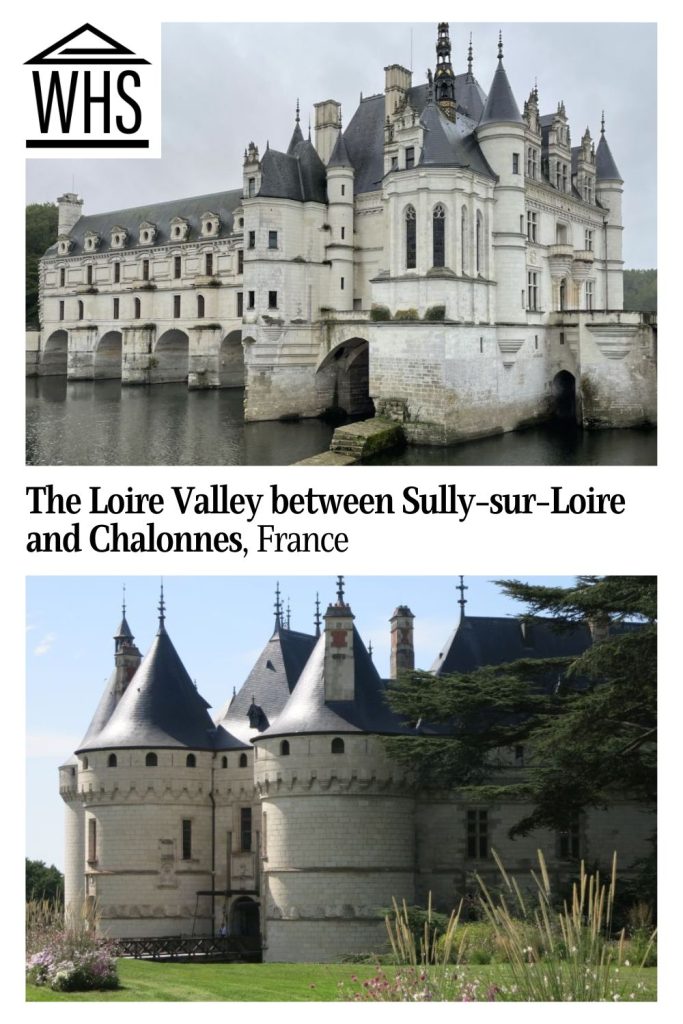
You’ll find the Loire Valley filled to the brim with towering fairytale-like castles, ostentious gardens, and some of the best wine you’re ever likely to have! In addition, this unique piece of France is home to many historic small towns and villages that retain much of their original charm even today.
Why is the Loire Valley a UNESCO World Heritage site?
The Loire region was a burgeoning place during the Renaissance and the Age of Enlightment in France. As such, many architectural and cultural developments that speak to this piece of history remain in the area to this day.
The Loire Valley between Sully-sur-Loire and Chalonnes was made a UNESCO World Heritage site in the year 2000 primarily for three reasons:
First, the region is home to many small towns bursting with medieval character. French towns like Amboise, Tours, and Blois are some of the most charming and characteristic places I have seen and illustrate how the Loire River was an important axis of communication and commerce.
Second, the castles of the Loire Valley were specifically named as UNESCO World Heritage site-worthy. Chateaux such as Chaumont, Chambord and Chenonceau have been preserved and welcoming visitors for decades.
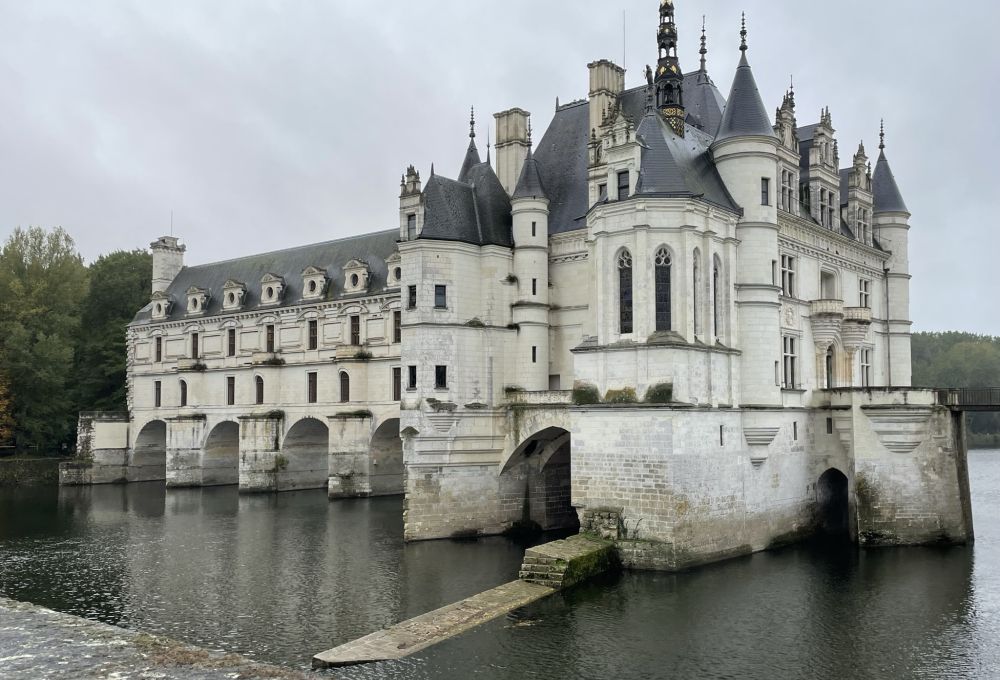
It is also a UNESCO site because “the landscape of the Loire Valley, and more particularly its many cultural monuments, illustrate to an exceptional degree the ideals of the Renaissance and the Age of Enlightenment on western European thought and design.”
What can you expect on a visit to the Loire Valley?
One of the best things about visiting this area is that you can really tailor your visit to what you enjoy – because there is truly something for everyone! During my trip, we sprinkled a little bit of everything in. We chose to visit a few castles, spend time meandering through small French villages, and we even caught a wine tasting in a troglodyte cave (neatest experience ever!).
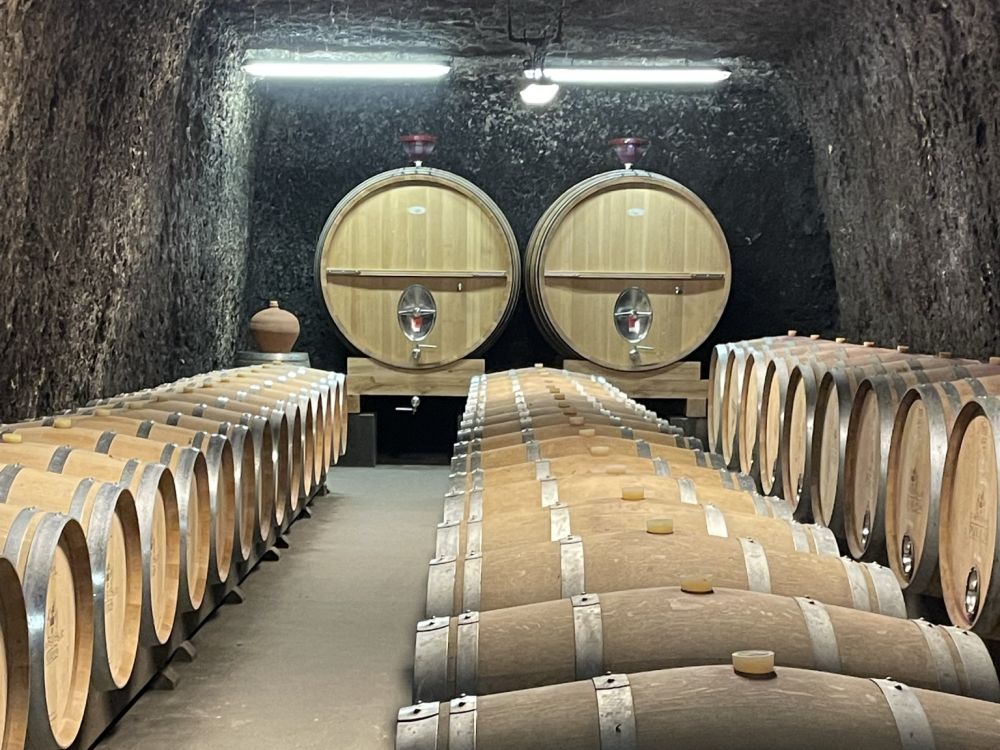
A few highlights I’d recommend you see:
- I preferred Château de Chenonceau over Chambord. Yes, Chambord gets the hype. But Chenonceau was breathtaking. It was pouring the day we went, so we had the place almost to ourselves, and it was magical. You’ll have the chance to walk through wooded areas of the property, explore the gardens, and, of course, tour the castle. I highly recommend renting a rowboat (available at the water’s edge) to see the castle from a different perspective, or trying afternoon tea at the Orangerie.
- At Château Royal de Blois, the sound and light show is great fun. Children will find it especially thrilling.
- Amboise was my favorite town in the Loire. It is well-known for Château d’Amboise, which towers over the whole of the small village. However, strolling along the old cobblestone streets of Amboise and meandering down the alleyways of the Old Town felt like I had stumbled upon a hidden gem. We talked with locals, had delicious French cuisine, and found so many handcrafted souvenirs to return home with. Amboise is the town in the Loire that I found most untouched by tourists. It still felt very authentic to me.
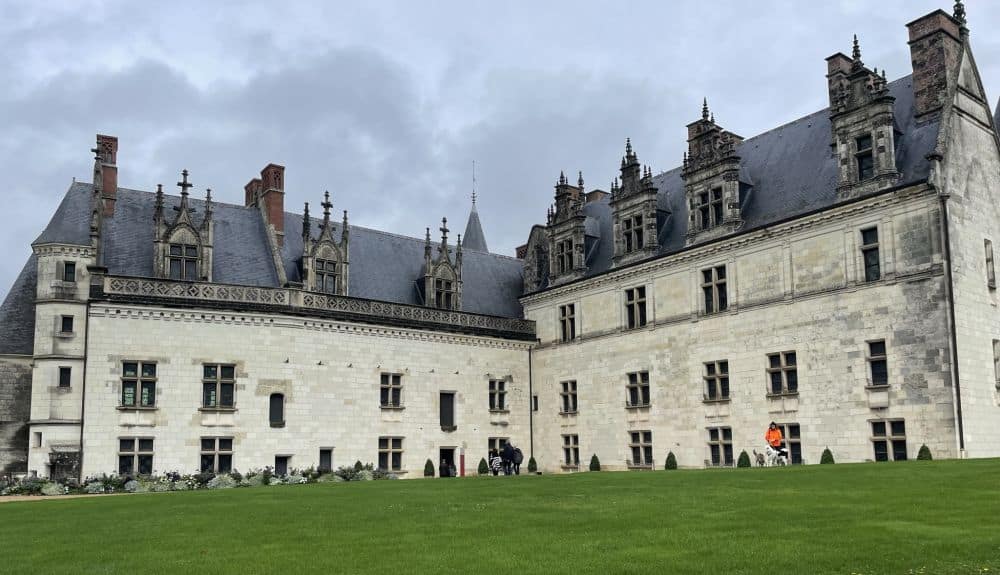
- You have to try the wine in the Loire Valley! It’s no secret that France is known for its wine, and the Loire Valley in particular. Head to a vineyard for a tasting of some Chenin or Sauvignon Blanc. Or, if you’re up for something incredibly unique, try visiting a troglodyte winery. A troglodyte is a cave dweller. Here, though, we’re talking about small limestone homes that were built into cliffs in the Loire Valley. Because they are naturally insulated, they make a great place for housing and fermenting wine. We even got to have dinner in one – epic!
Is the Loire Valley worth visiting?
Absolutely. The whole region is stunning, no matter the season. I was in awe of the magnificence of the palaces and chateaux like Chenonceau and Chambord. Even more so, it felt like I had stepped back into a historical fairytale when I was walking the streets of Old Town Amboise and Tours. The beauty of the Loire Valley is unmatched. I recommend planning at least three days to see it!
The accommodations map below centers on Tours, which is a central location in the Loire Valley. Just zoom out to look for accommodations in other towns:
What sorts of travelers would like the Loire Valley?
Travelers who are looking to slow down will love this area. It has a peacefulness to it and a sense of wonder that really makes you take a deep breath and experience your surroundings. Overall, there is something in this region that will interest pretty much every traveler. However, a visit to this region of France is specifically perfect for history buffs, anyone interested in architecture, and, of course, wine lovers! Children who enjoy stories of kings and queens will especially love the castles, where they can let their imagination run wild.
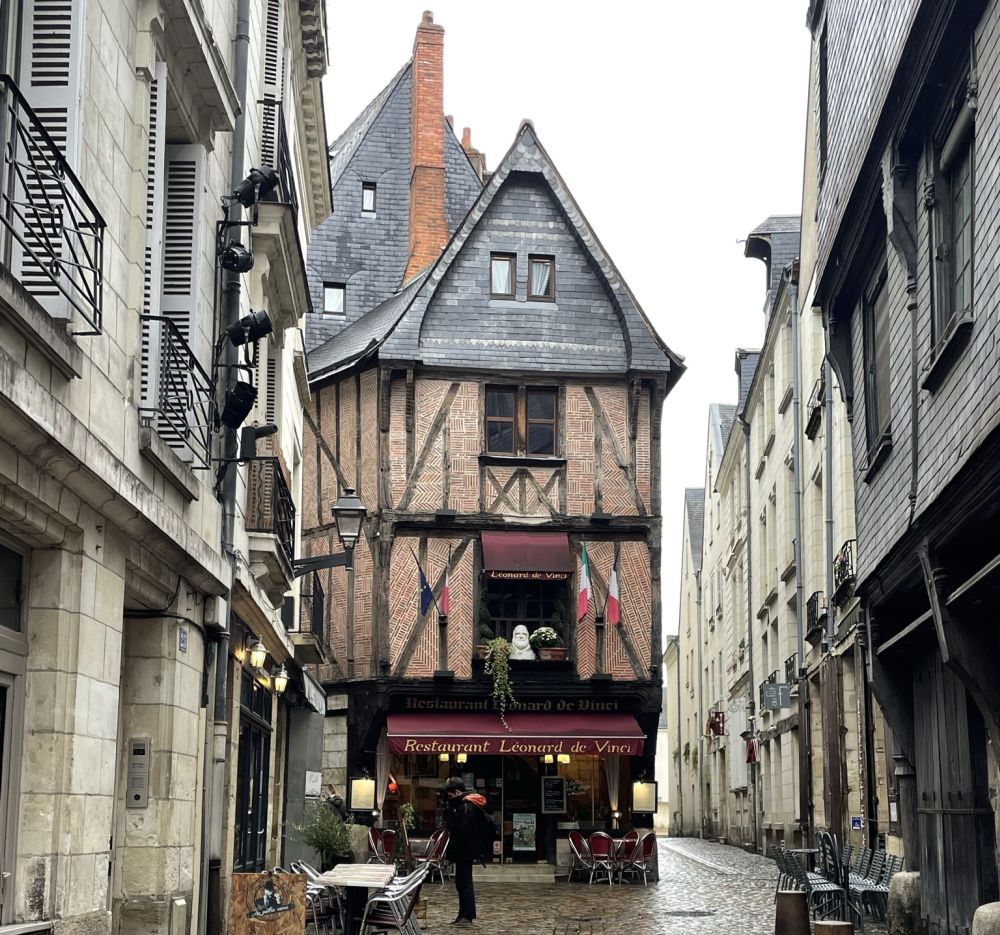
Tips for visiting the Loire Valley in France
I did a ton of research before our trip to the Loire Valley, and there are definitely some helpful tips that will ensure you have a fantastic trip:
Add the Loire Valley onto an itinerary that includes other stops in France. For example, we did Normandy, the Loire, and Paris as well as a few towns in other countries. Since the Loire is not exactly easy to get to, it makes sense to combine in with a longer trip if you’re renting a car. Consider visiting some of the other UNESCO sites in France.
Plan to go in the shoulder season. Europe is crazy in summer. We visited in October, and it was perfect! There were no crowds, the temperatures were mild, and we could see the Loire as autumn was coming. It made for amazing photos.
Don’t try to do it all. There are so many chateaux (about 300!) and towns in the Loire Valley. If you try to do them all, you will become overwhelmed, and, quite frankly, castled out. Pick a few that look intriguing to you, and just see those. If it’s in your budget, stay in a chateau as well. It’s better to have some time in a few areas than rush around and really not get a chance to see anything in its entirety.
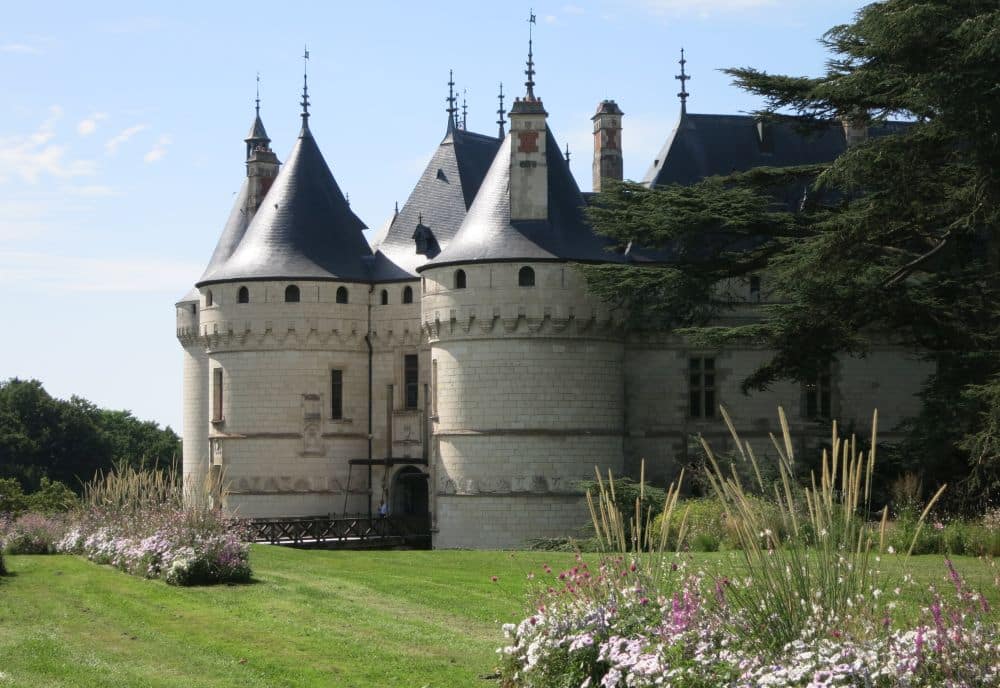
Where is the Loire Valley?
The Loire is located in central France. Since the area is quite large, renting a car is the easiest way to get around.
Compare rental car prices here.
Flying into Charles de Gaulle airport in Paris is your best bet. From there, it is about a two-hour drive to the beginning of the Loire Valley. However, you’ll need to travel between towns once you’ve arrived as well.
Many people travel throughout the Loire just fine in a car (that’s what I did!), but you can also explore via bike. Many services will let you rent a bike and they will ferry your suitcases to each night’s stopping location. These are available either as self-guided tours or guided tours. Such a neat idea if you’re up for an adventure!
Alternatively, take a self-guided walking tour in the Loire Valley. Or a cruise along the Loire River.
If you’d rather drive, but not do the driving yourself, there are plenty of day tours on offer, both private and in groups:
For more information about the Loire Valley, see its official website.
Have you been to the Loire Valley? If so, do you have any additional information or advice about this UNESCO World Heritage site? Please add your comments below!

